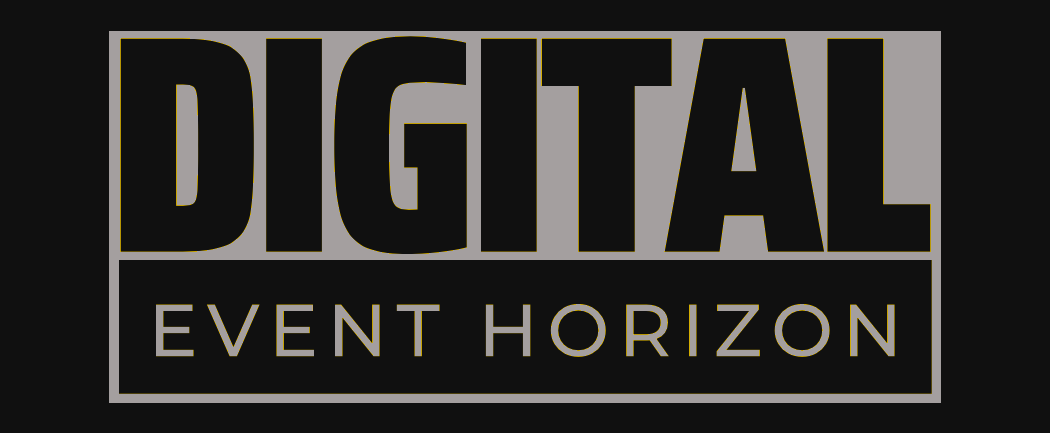Digital Event Horizon
Revolutionizing Language Model Evaluation: Together Evaluations Empowers Developers with Flexible, Fast, and Accurate Benchmarking
Evaluating large language models (LLMs) can be a daunting task without a structured approach. The Together Evaluations platform aims to rectify this by providing an effective framework for defining custom benchmark tasks and comparing different models using LLM judges. The platform offers three primary evaluation modes: Classify, Score, and Compare. The Compare mode allows users to run pairwise comparisons between two model outputs or prompts. Together Evaluations democratizes access to high-quality benchmarking services by offering an open-source platform that leverages leading LLM models-as-judge.
In the realm of artificial intelligence, language models have become an indispensable tool for various applications, including but not limited to natural language processing, machine translation, and text summarization. The rapid advancement of these models has led to a surge in demand for efficient methods to evaluate their performance. This is where Together Evaluations comes into play – a groundbreaking platform designed specifically for benchmarking large language models (LLMs) and ensuring that the chosen model meets the specific requirements of a given task.
According to the context data provided, evaluating LLMs without a structured approach can be a daunting task. AI developers often rely on ad-hoc methods, which can lead to inefficiencies and difficulties in selecting the most suitable model for their use case. The Together Evaluations platform aims to rectify this situation by providing an effective framework for defining custom benchmark tasks and comparing different models using LLM judges.
At its core, Together Evaluations offers three primary evaluation modes – Classify, Score, and Compare – each powered by a strong AI model that the user fully controls with prompt templates. The Classify mode enables users to assign labels to model outputs based on specific rubrics, ideal for creating labeled datasets or filtering generations. In contrast, the Score feature allows users to rate responses using a numeric scale, enabling the quantification of quality, coherence, or relevance.
The Compare mode takes a different approach by running pairwise comparisons between two model outputs or even prompts, making it an excellent tool for testing which open-source model performs better on a particular task or which prompt elicits better generations from the same model. The Together Evaluations platform also provides users with the ability to upload their own datasets of model generations, score them using the judge, and retrieve results in both aggregated evaluation metrics and a resulting file with full feedback from judge responses.
The significance of Together Evaluations extends beyond its functionality; it represents a paradigm shift in language model evaluation. By offering an open-source platform that leverages leading LLM models-as-judge, it aims to democratize access to high-quality benchmarking services. Furthermore, the emphasis on flexibility, speed, and ease of use positions Together Evaluations as an attractive option for AI developers seeking to streamline their workflows.
In conclusion, Together Evaluations has established itself as a pioneering platform in the realm of language model evaluation. Its innovative approach to benchmarking LLMs has the potential to significantly enhance the efficiency and effectiveness of AI development processes, ultimately contributing to the creation of more sophisticated language models that better serve human needs.
Related Information:
https://www.digitaleventhorizon.com/articles/New-Paradigm-in-Language-Model-Evaluation-Together-Evaluations-Revolutionizes-Benchmarking-for-AI-Developers-deh.shtml
https://www.together.ai/blog/introducing-together-evaluations
Published: Mon Jul 28 14:43:44 2025 by llama3.2 3B Q4_K_M

